The farmers market on Florin Road accepts CalFresh and EBT
(photo courtesy of Alchemist CDC)
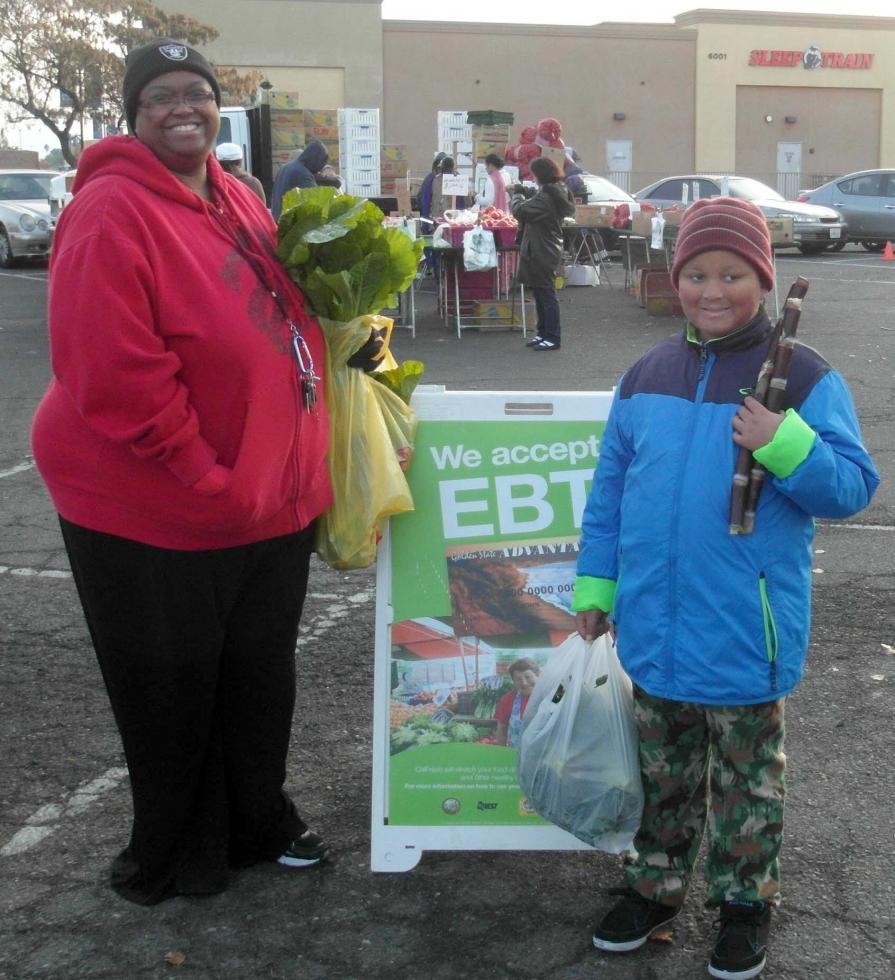
Eileen Thomas is phoning in a live report from a food desert in Sacramento. “I see a doughnut shop, a liquor store, Jimboy’s Tacos and an AM-PM,” reports the executive director of the River City Food Bank, calling from a parked car near Auburn and Watt.
What she doesn’t see, adds Thomas, is a full-service supermarket offering fresh produce and other healthful fare at a moderate cost. Shoppers in search of affordable produce, dairy, fish and meat “will need to travel to Arden-Arcade, about two or three miles south of here,” she says. People who lack cars, however, are out of luck. “This is what is considered the food desert,” says Thomas.
Despite living near some of the most productive farmland on earth, many Sacramentans are unable to find produce that’s both fresh and affordable in their own neighborhoods, due to the lack of supermarkets in parts of north Sacramento County.
The good news is that farmers markets are bringing fresh produce to underserved neighborhoods. At least 10 Sacramento-area farmers markets are participating in Market Match, a program that gives an additional $5 of buying power for every $10 of Calfresh food stamps spent on produce. Participating farmers markets report a 650 percent increase in purchases among customers who use food stamps.
Federal funding for Market Match fell prey to California budget politics in June, when state lawmakers allowed AB 2385 to die in committee. The Assembly bill would have opened the doors to federal funding for Market Match, allowing the program to expand to dozens of additional farmers markets in the north valley.
But local champions of delivering fresh foods to underserved neighborhoods have not given up. Alchemist CDC , a local nonprofit group that seeks to improve nutrition in working-class neighborhoods, is creating direct connections between growers and food stores in poor neighborhoods. Last year, Alchemist formed an agreement between local farmers and Sam’s Mart, a small grocer in Oak Park. The owners of the same market have allowed Alchemist to set up its own fresh-produce stand outside Sam’s Mart.
What could be better? Becoming a farmer yourself.
“One of the things we are most hopeful about is urban agriculture,” says Davida Douglas, Alchemist CDC executive director. To that end, the organization is currently lobbying for a city ordinance that would allow urban growers to sell produce straight from their city farms, including the backyards of single-family homes.
Thomas, a food bank official, has a suggestion for local gardeners at all income levels: Contribute surplus fruit and vegetables directly to food banks, so the produce can be distributed while still fresh. Otherwise, food banks must depend on donated produce, much of which has already started to rot.
“It’s as easy to grow 15 tomatoes as it is to grow five,” says Thomas. “We call it ‘plant another row.’”
Recommended For You
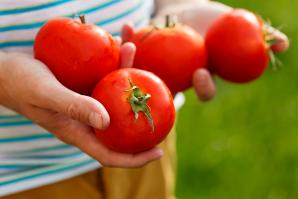
Touchscreen to Table
West Sacramento to address food access with Code for America
Code for America works with cities around the country, using open-source software to improve the scalability and reach of government services. Starting next year, Code for America fellows will work with the Sacramento Area Council of Governments and the city of West Sacramento using technology to tackle issues related to health care and food access in the city.
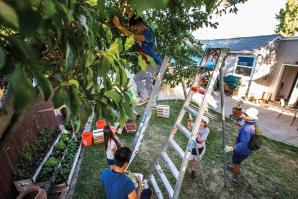
Scavenger Hunt
Unpicked produce can change the way food banks feed the hungry — you just have to know where to look
“Eat local.” You’ve heard the phrase a billion times. It’s the guiding principle of the farm-to-fork movement, nudging us away from the Industrial Food Complex and toward our neighborhood farms. But there’s something even more local than a ranch down the road: the orange tree in your front yard.
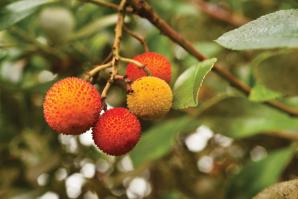
Coming to a Sidewalk Near You
The one-stop resource for gleaning food from your own neighborhood
Thousands of pounds of urban produce are growing on trees and bushes all around you, and if you know where to look, you can gather enough fruits and vegetables to stock a food bank, plan a dinner menu and can a dozen jars of organic blackberry preserves.
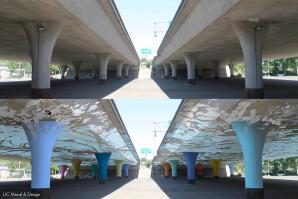
Art Elevated
Local muralists seek to set precedent for public art
Few of the thousands of shoppers at Sacramento’s Sunday farmers market at 8th and W streets ever look up at the gray concrete ceiling looming above them. But by next spring, it may be tough to look at anything else.


